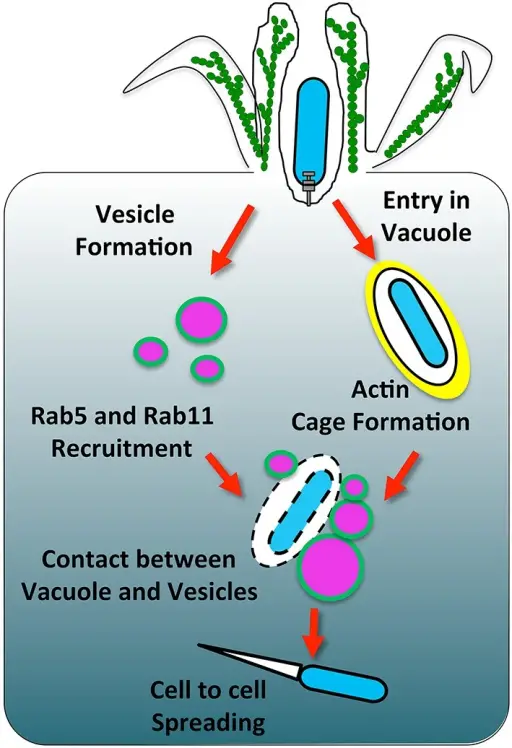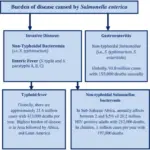Shigellosis is an intestinal infection caused by a family of bacteria known as shigella.
What is the Pathology of Shigellosis?
The pathology of shigellosis is:
-Etiology: The cause of shigellosis is the Shigella bacteria
-Genes involved: None.
-Pathogenesis: The sequence of events that lead to shigellosis are: fewer than 100 bacterial cells can be enough to cause an infection. Shigella species generally invade the epithelial lining of the colon, causing severe inflammation and death of the cells lining the colon.
-Histology: The histology associated with shigellosis shows bacteria.
How does Shigellosis Present?
Patients with shigellosis typically all genders at all ages. The symptoms, features, and clinical findings associated with shigellosis include fever, bloody diarrhea, and cramps.
How is Shigellosis Diagnosed?
Shigellosis is diagnosed by laboratory identification of Shigella in the stool poop of an ill person.
How is Shigellosis Treated?
Shigellosis is treated by ciprofloxacin and azithromycin which are recommended oral antibiotics.
What is the Prognosis of Shigellosis?
The prognosis of shigellosis is good. Most people with shigellosis feel better in 4–7 days, but may still be contagious for up to 2 weeks after they recover.



